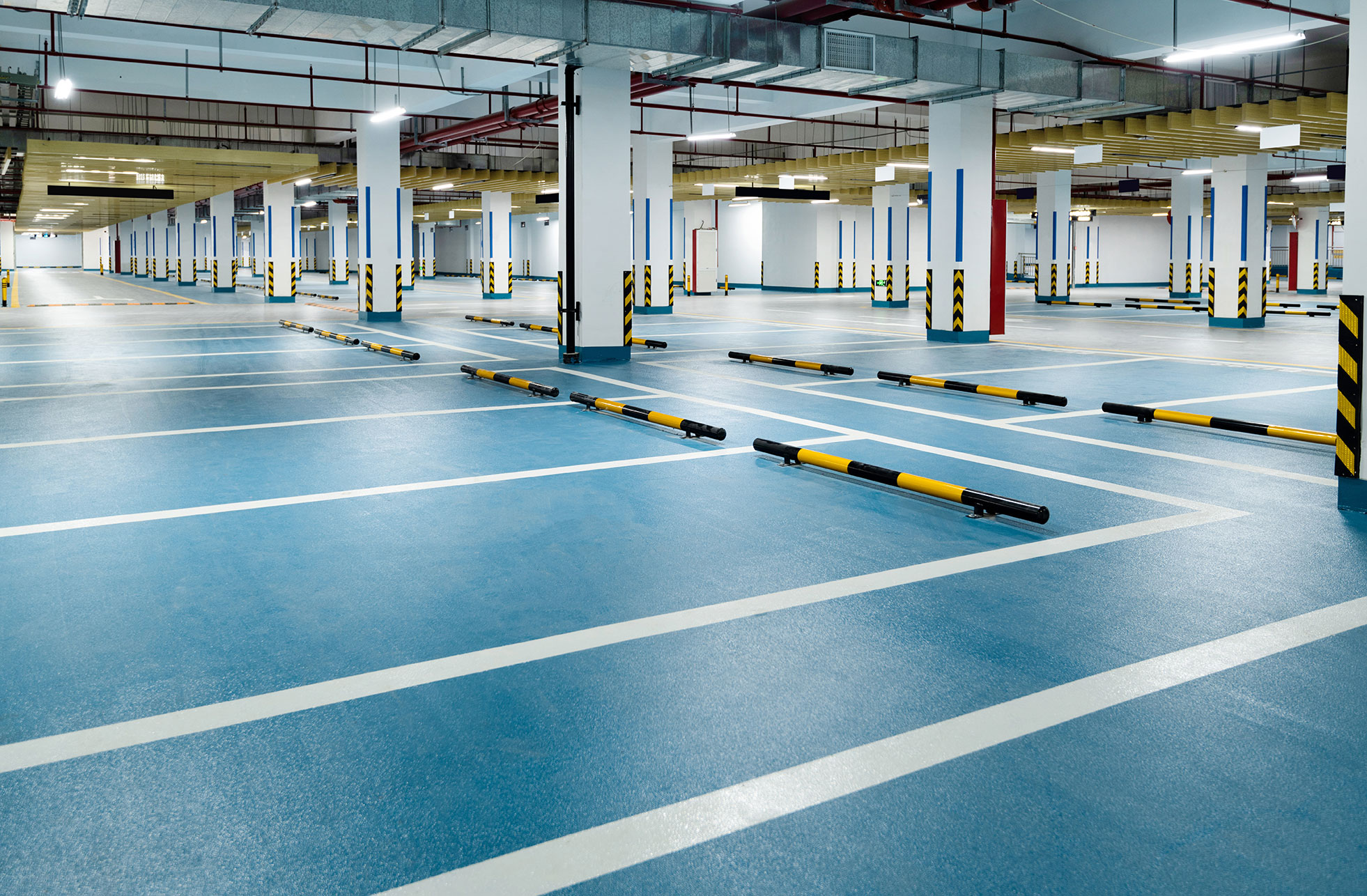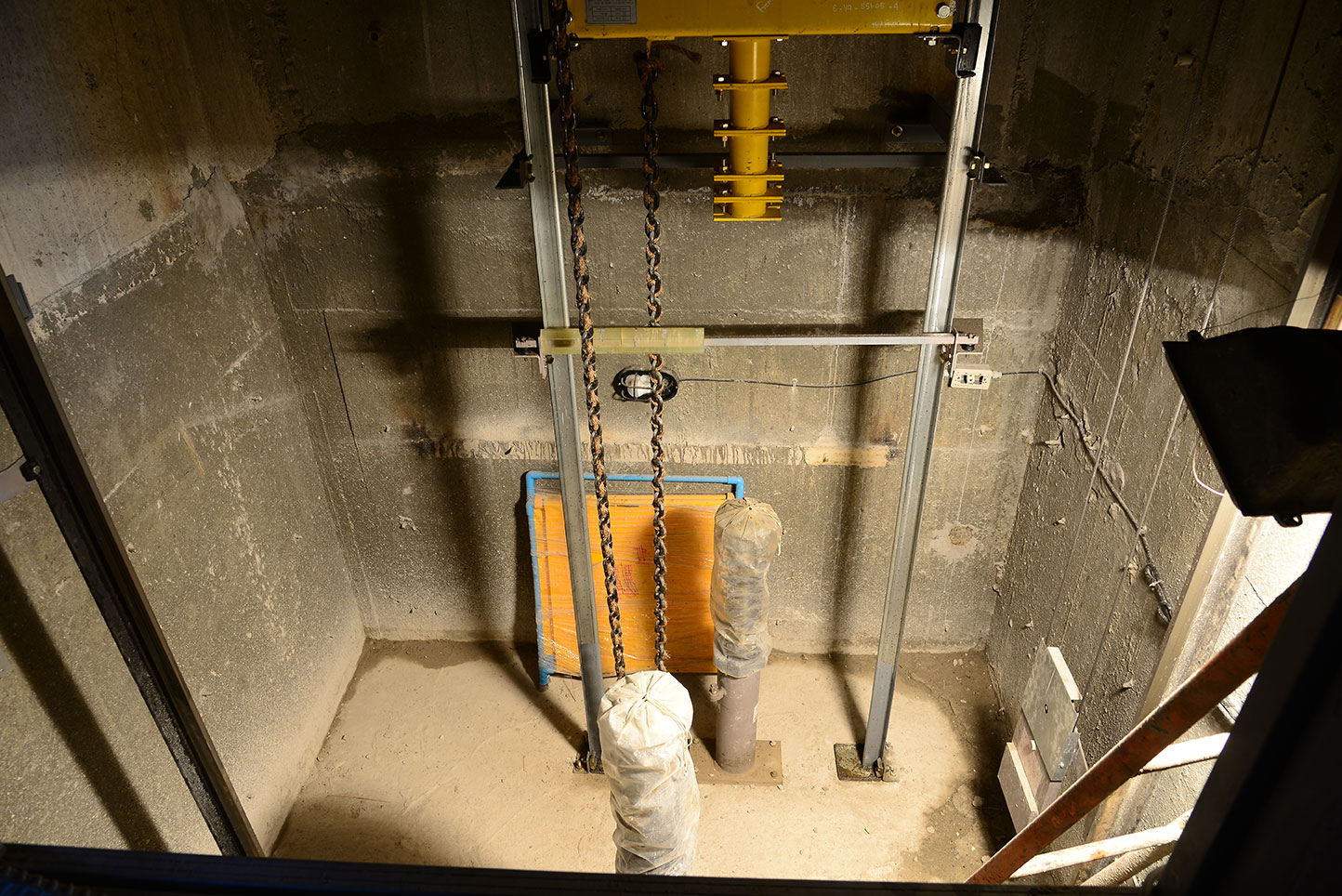
Cementitious Screeds vs Self-Leveling Compounds: Know the Difference
ARDEX ENDURA
12 Nov 2025
05 Min
Why the Right Subfloor Matters
The subfloor is the unsung hero of any flooring project. Without a solid, flat base, even the fanciest epoxy or tile will eventually fail. That’s why proper substrate preparation is crucial.
Nevertheless, choosing the right product for your subfloor can save headaches down the line, whether it’s your industrial warehouse, a commercial office, or a renovation site.
A well-prepared subfloor doesn’t just support the floor. Rather, it also enhances the performance of the entire system. Uneven or weak bases can lead to cracks, delamination and even floor failures under heavy traffic.
Both cementitious screeds and self-leveling screed compounds (SLCs) have distinct purposes. Knowing the difference can impact durability, appearance and installation speed.
What is a Cementitious Screed?
Cementitious screeds are the traditional choice for creating a strong base. Essentially, it’s a sand-cement mix that’s hand-applied to form a level surface. Then, the cementitious flooring can be finished with tiles, vinyl, or epoxy coatings. The average thickness of the screed can depend on different factors like the type of flooring you are using, the condition of the base surface and the weight the floor needs to support. A professional can help you choose the right thickness depending on your requirements. For example, a bonded screed requires a thickness ranging between 15mm to 50mm.
This type of screed is popular in industrial settings where floors need to bear heavy loads. Moreover, cementitious screeds are extremely versatile. They can be used to correct uneven subfloors and build up low areas. And even integrate underfloor heating systems.
Key features:
- Thick layers offering a solid foundation
- It has a longer working time or pot life, giving you more time to apply and adjust the material before it starts to set.
- Usually applied manually by skilled tradespeople.
When to choose it: It is ideal for levelling uneven surfaces and creating a smooth, strong base before laying the final flooring.
Ardex Endura Products That Work:
- A37: This is ideal for a fast, strong base. Screeds are walkable in about 8 hours and ready for floor coverings after 24 hours and work for bonded or unbonded applications.
- A3: This polymer-enhanced screed can be used inside or outside. Conforms to DIN 18560 and EN 13813 standards, making it a reliable choice for heavy-duty areas.
What is a Self-Leveling Compound (SLC)
Self-leveling screed or compounds are the modern, fuss-free alternative to traditional screeds. These are flowable, pumpable mixes that level themselves as they are applied. They are perfect for achieving smooth, even floors in a short span.
SLCs are particularly advantageous in commercial settings where aesthetics matter. Their ability to fill in low spots ensures a flawless finish and reduces time and labour costs.
Key features:
- Applied in thin layers (usually 3-10mm)
- Fast-drying and walkable in just a few hours
- Produces a super smooth surface ready for epoxy, tile, or vinyl
Ideal use cases: Renovations, commercial spaces, and final layers before floor coverings.
Ardex Endura Products that Work Well:
- CL 11 Plus: It is a free-flowing rapid rapid-hardening, cost-effective and ideal product for commercial interiors, which can be applied in layers up to 10 mm. It is typically walkable in 3 hours, ready for floor coverings in 48 hours.
- K 180 Plus: This industrial-grade, quick-setting SLC is perfect for areas requiring durability and smoothness. It is walkable in 4 hours and ready within 24-72 hours.
- K 301 Plus: Another heavy-duty industrial option, this product sets within 2 hours and is built for high traffic and tough conditions.
Key Differences Between Screeds and SLCs
| Feature | Cementitious Flooring | Self-Leveling Compound (SLC) |
|
Thickness |
Thick layers to even out |
Thin layers (3–10 mm) |
|
Flowability |
Low; needs manual spreading |
High; self-levels naturally |
|
Application Speed |
Slower; hand-applied |
Faster; pumpable or pourable |
|
Setting Time |
Longer curing time |
Rapid; walkable in hours |
|
Finish |
Slightly rough; may need smoothing |
Smooth and even |
These differences are what make both of the above products indispensable in the right settings. For example, a warehouse floor with heavy forklifts is perfect for a screed like A37 or A3. Whereas a sleek office lobby benefits from a thin, smooth SLC layer with CL 11 Plus. Thus, it is crucial to match the product with your project’s specific needs.
Which One to Use Where?
Use Cementitious Screeds for:
- Heavily loaded industrial floors
- Sub-base build-up or leveling corrections
- Projects that need thick, strong layers
Use Self-Leveling Compounds for:
- Renovations or sites with fast turnaround
- Final layers before tiling, vinyl, or epoxy
- Commercial interiors needing smooth, crack-free floors
- Industrial floors that must withstand heavy machinery and frequent vehicle traffic.
In practice, many projects may combine both. A thick cementitious screed can provide strength. Later, an SLC layer on top can ensure smoothness and precision. This hybrid approach is common in modern commercial and industrial flooring.
Conclusion
Choosing between cementitious flooring and self-leveling screed or compounds depends on the project requirement. Factors such as thickness, drying time, speed and finish all play crucial roles in determining the choice of product.
For high-tickness applications where a more economical screed is needed, A37 or A3 can be an ideal choice. Whereas, for zero undulations and faster project completion, solutions like CL 11 Plus, K 180 Plus, or K 301 Plus are excellent choices.
Ardex Endura offers a complete suite of flooring solutions designed to last and perform. With the right choice, you can build a long-lasting foundation you can rely on for years.




